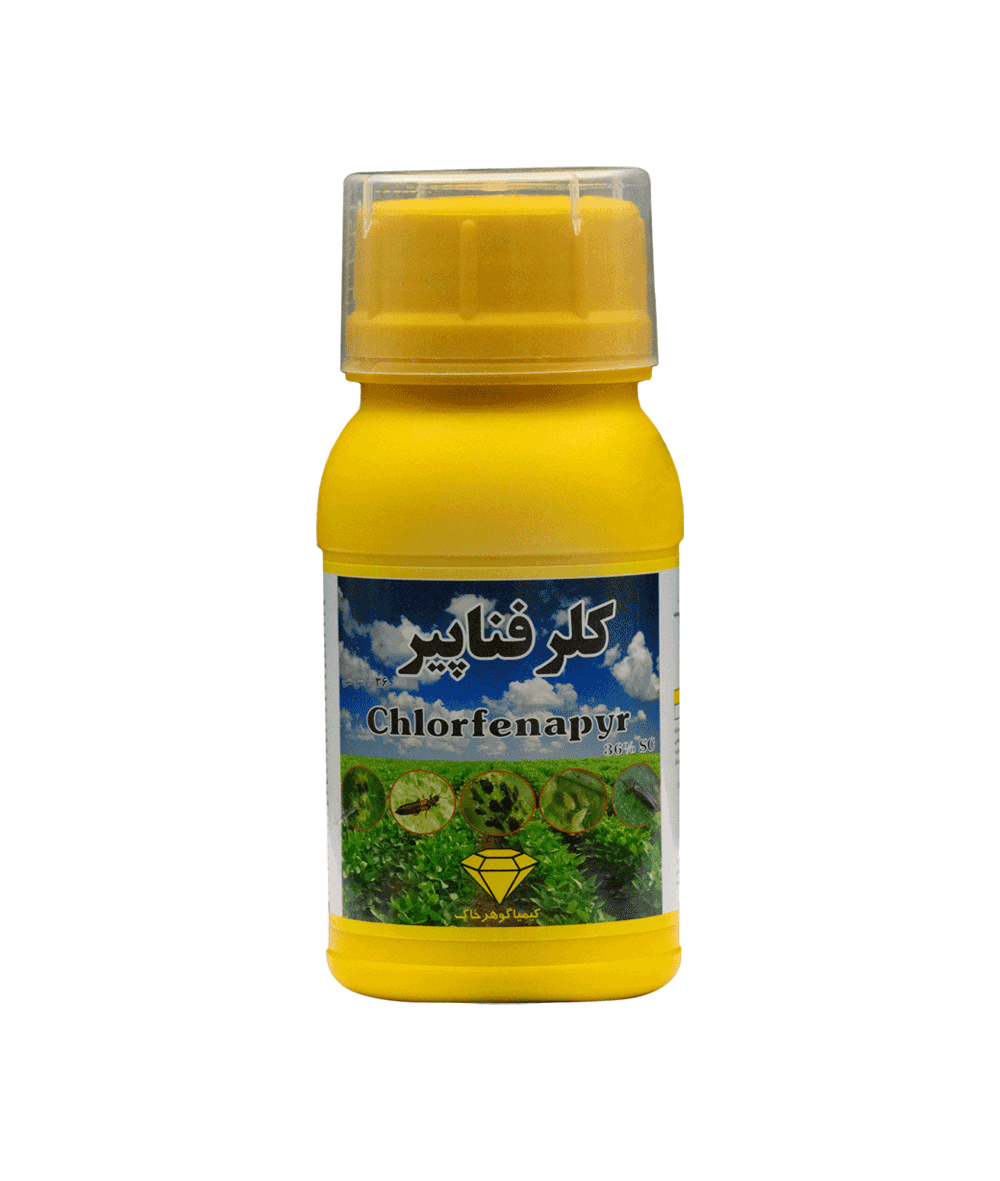Introduction and Properties
Insecticide-miticide mainly digestive and some contact with limited systemic activity from the arylpyrrole family. It has a broad spectrum of action against many insects and mites, especially those resistant to carbamate, organophosphate and pyrethroid insecticides. Chlorfenapyr is a pesticide and specifically a pro-insecticide that becomes the main insecticide after decomposition in the insect’s stomach. This means that after entering the host, it is metabolized to an active insecticide, which is derived from a class of microbially produced compounds called halogenated pyrroles. The mode of action of this insecticide is to disrupt the proton transfer flow in the membrane, thereby inhibiting the production of ADP from mitochondrial ATP and causing cell death. Because chlorfenapyr has no effect on beneficial insects, it has relatively few adverse effects on the environment.
Instructions for use
Two-spotted soybean spider mite at a rate of 400 ml/1000
General considerations
Before using a pesticide, read the label carefully.
Consult with your local plant protection expert for details.
This pesticide is prohibited from being sold without a prescription from a herbalist.





